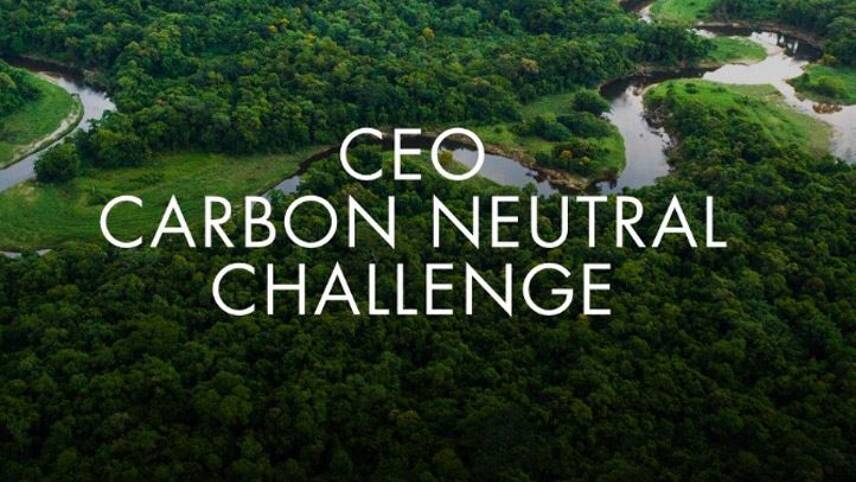Register for free and continue reading
Join our growing army of changemakers and get unlimited access to our premium content

The challenge calls for businesses to invest in “nature-based solutions” such as enhancing biodiversity and reforestation to act as carbon sinks
The CEO Carbon Neutral Challenge is a call to action that calls on businesses to expand net-zero and carbon-neutral commitments with action plans that address the urgency of the climate emergency by also tackling emissions generated in supply chains. For some companies, supply chain emissions, known as Scope 3, can account for more than 90% of their entire carbon footprint.
“I am issuing a challenge to CEOs across industries to come together and commit to carbon neutrality across their entire supply chains. The science is telling us that our long-term reduction targets are just not good enough and we need to act now,” Gucci’s chief executive Marco Bizzarri said.
“While our companies focus on reaching these targets over the next decades, the majority of our GHG emissions are still being generated in our supply chains every year. We must all own up to these remaining emissions immediately and translate them into protecting biodiversity and critical forests around the world.”
The CEO challenge calls on businesses to deliver annual reports on their progress in tackling operational and value chain emissions. It also calls for businesses to invest in “nature-based solutions” such as enhancing biodiversity and reforestation to act as carbon sinks, in order to mitigate unavoidable emissions via carbon offsets. Research suggests that these nature-based solutions can account for 30% of the climate action required by 2030.
An important aspect of the challenge is that businesses do not solely rely on nature or offsets to continue operating as normal.
Many green groups have criticised the use of offsetting as a means for companies to avoid delivering any meaningful action on emissions reductions. The certification of carbon offsets is convoluted as many schemes offer differing prices. Up until recently, the certifications themselves were being questioned, although the introduction of the VCS and Gold Standard has added some authentication to the system. VCS-certified offsets are audited according to the Kyoto protocol, for example.
Luxury leverage
Gucci claims it became a carbon-neutral company in September. But the company says the supply chain currently accounts for 90% of its greenhouse gas emissions.
Gucci’s parent company Kering has announced plans to offset its entire 2018 greenhouse gas (GHG) footprint, including its supply chain emissions.
Kering said it had taken the decision to purchase offsets for the GHGs emitted by its operations, power sourcing and supply chain after a string of efforts to reduce its emissions over the past few years – with results tracked through the company’s Environmental Profit & Loss accounting model, based on a natural capital approach.
Such efforts were made under its 2C-aligned science-based targets, which commit the group to halving its operational and supply chain emissions by 2025, against a 2015 baseline. Notable changes made since the target was approved in 2016 include switching to 100% renewable energy in seven markets and investing in energy efficiency schemes, such as the Clean by Design programme for textile mills.
Kering has also launched a fashion industry standard capable of verifying raw materials and finished products as ‘regenerative’, after partnering with environmental charity The Savory Institute to advocate for ‘net-positive’ sourcing solutions.
The framework assesses the extent to which certain agricultural methods used to produce cotton, wool and leather “give back” to the environment – by restoring soil quality or sequestering CO2 within carbon sinks, for example.
Matt Mace


Please login or Register to leave a comment.